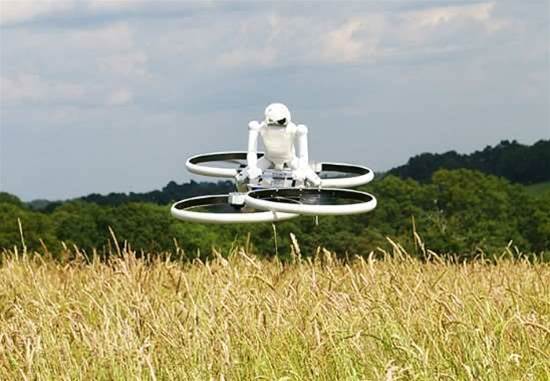China will for the first time restrict the export of high-performance autonomous aircraft and supercomputers due to national security concerns.

Supercomputing systems faster than eight tera floating point operations per second (TFLOPs) cannot be exported out of the country from August 15.
China is currently home to the world's fastest supercomputer, Tianhe-2, with a performance of over 33,000 Teraflops.
Drones that can fly above 15,420 metres and in gusty winds, with flight times over an hour, will also be subject to the new export restrictions introduced by China's Ministry of Commerce and the General Administration of Customs.
The export restrictions follow a ban by the United States Department of Commerce in February this year on the sale of powerful Intel Xeon and Xeon Phi microprocessors to Chinese academic institutions.
According to the US government, the processors had been used by China's National University of Defence Technology to build Tianhe-2, which had ran nuclear weapons simulations.
While its technology lags behind the United States and Israel, the biggest vendors of unmanned aerial vehicles (UAV), China is attracting a growing list of foreign buyers including Nigeria, Pakistan and Egypt.
Beijing has previously had limited success exporting manned military aircraft but is hoping to do better with UAVs because they are cheaper and easier to manufacture.
As Chinese drones' technical abilities are now among the best in the world, state news agency Xinhua said, the country also needs to protect its intellectual property rights.
It was unclear if the move was in response to any drones or supercomputers falling into the hands of militant groups.
China says it faces a threat from Islamist militants in its far Western region of Xinjiang, though the main group Beijing says operates there, the East Turkestan Islamic Movement, is not believed by most foreign experts to exist in a large or coherent form.
Last month, the Defence Ministry said that the air force had dispatched a drone to the site of a small earthquake in Xinjiang to help in monitoring work.
The rapid deployment of the drone to the disaster zone suggested the air force was already using them in Xinjiang, a restive part of the country where hundreds have died in the past few years in violence blamed by Beijing on the militants.
With Reuters


.png&h=140&w=231&c=1&s=0)


.png&h=140&w=231&c=1&s=0)


.png&w=100&c=1&s=0)


 iTnews Benchmark Security Awards 2025
iTnews Benchmark Security Awards 2025
 Digital Leadership Day Federal
Digital Leadership Day Federal
 Government Cyber Security Showcase Federal
Government Cyber Security Showcase Federal
 Government Innovation Showcase Federal
Government Innovation Showcase Federal
 Digital NSW 2025 Showcase
Digital NSW 2025 Showcase












_(1).jpg&h=140&w=231&c=1&s=0)



